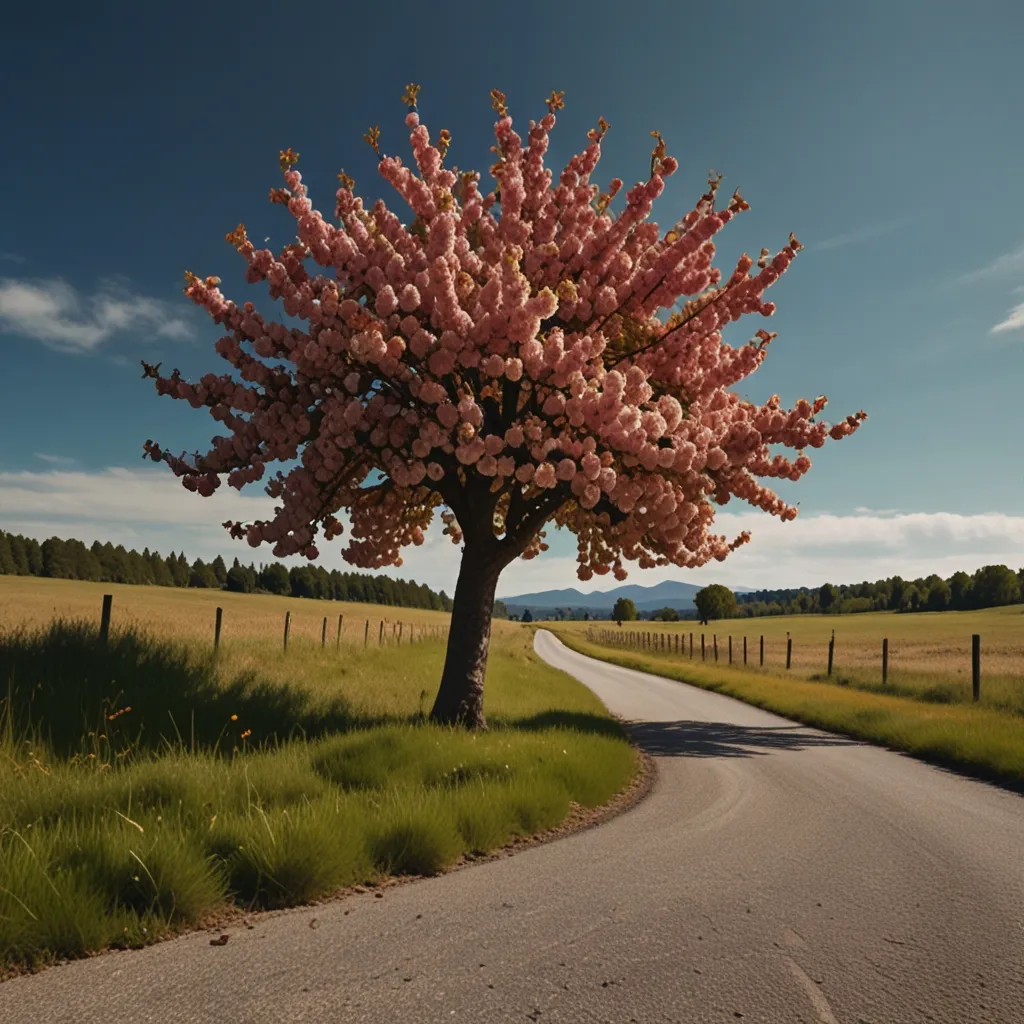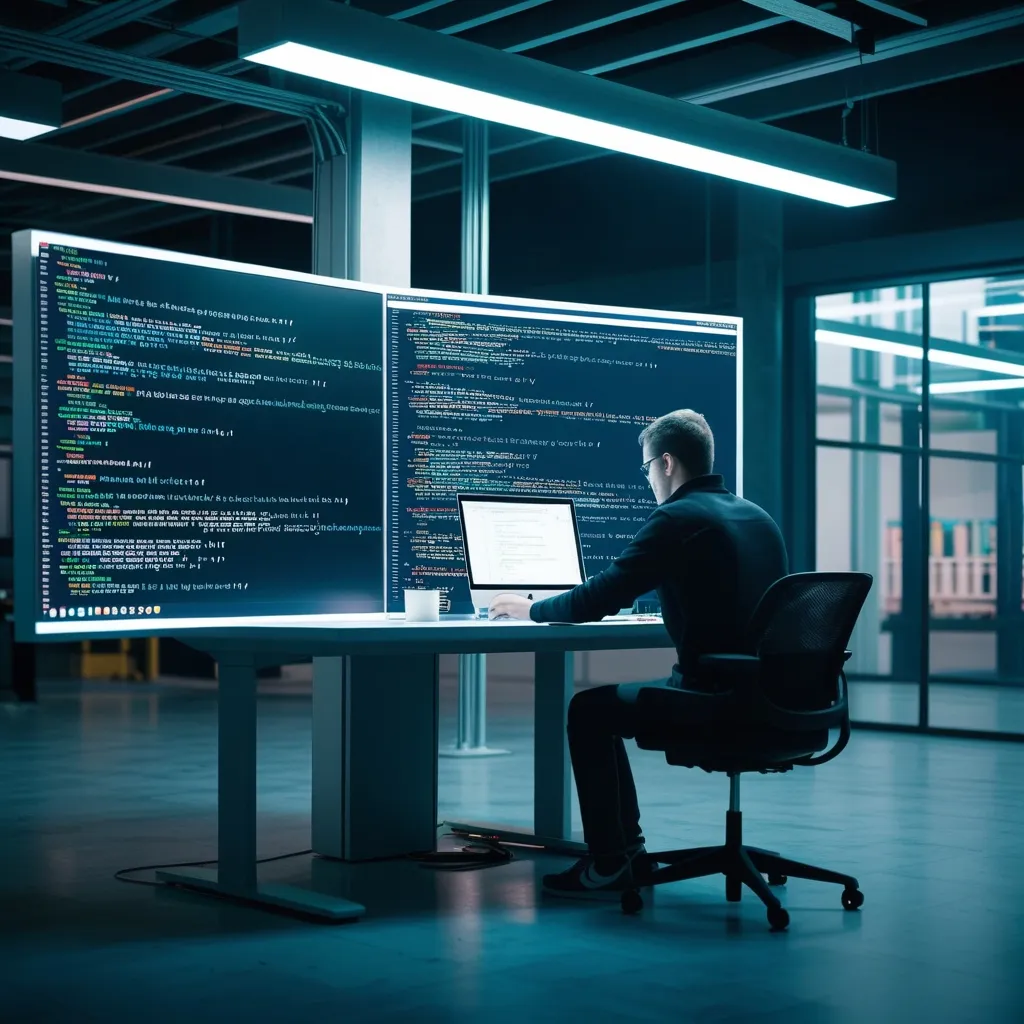Dive into Playwright
Alright, let’s chat about Playwright, this awesome tool brought to you by Microsoft for automating web browsers with smooth precision. Imagine you’re writing scripts that interact with web pages like a pro, mimicking all those clicks, scrolls, and form-fills you’d do manually. It’s a lifesaver for developers, especially when we’re dealing with end-to-end testing across various browsers like Chromium, Firefox, and WebKit.
Cool Features of Playwright
One of the best things about Playwright is its cross-browser game. You write tests once, and guess what? They’ll run on Chromium, Firefox, and WebKit. No more tailoring your tests for different browsers. Whether your development environment is on Windows, Linux, or macOS, Playwright offers a unified experience.
And it doesn’t stop there. You get cross-platform testing too. That means you can run your tests locally or on CI environments like a breeze. You can also choose between headless modes if you fancy faster execution or headed mode if you need a visual confirmation.
Another standout feature? Multi-language support. Whether you’re comfortable with TypeScript, JavaScript, Python, .NET, or Java, Playwright has got you covered. It slots right into your existing projects without any fuss.
Core Ideas
When using Playwright, you’ll encounter three main browser types: Chromium for your standard web stuff, Firefox for those Mozilla moments, and WebKit for anything Safari-esque. Here’s a quick taste of setting up Chromium:
const { chromium } = require('playwright');
const browser = await chromium.launch();
Boom! You’ve got Chromium rolling, ready for action.
Now, inside these browsers, we use something called browser contexts. Think of them as separate rooms in a house, each keeping its own cookies and local storage. This isolation is perfect when you need to simulate different users or situations without any crossover. Just create a new context and you’re set:
const context = await browser.newContext();
Step inside and enjoy your fresh, isolated environment for each test.
Next up are pages. In Playwright lingo, these are the individual tabs or windows within a browser context. Navigate to URLs, interact with elements—you name it. For instance:
const page = await context.newPage();
await page.goto('https://www.example.com');
And just like that, you’ve opened a new tab and zipped over to your chosen URL.
Basic Moves
Navigating to a page? Easy peasy:
await page.goto('https://www.example.com');
Clicked that button? Filled that form? Sorted:
await page.click('button');
await page.fill('input', 'text');
These actions simulate real user interactions, letting you see how your app holds up in real-world scenarios.
Checking Your Work
Assertions are super helpful in Playwright. They let you check that your app looks and behaves like it should. Want to check the URL or the text in an element? Just do this:
expect(page.url()).toBe('https://example.com');
await expect(page.locator('h1')).toHaveText('Title');
Confirms your app is on point.
Advanced Tricks
Need to tweak browser settings? Maybe set the viewport size or user agent? Sure thing:
await chromium.launch({
headless: false,
slowMo: 50,
viewport: { width: 1280, height: 720 }
});
Or how about intercepting and mocking network requests? Super handy for controlling the data your app gets. Halt all image requests like this:
await context.route('**/*.{png,jpg}', route => {
route.abort();
});
Even emulate different devices to see how your app functions on, say, an iPhone X:
const context = await browser.newContext({
...devices['iPhone X']
});
Debugging Like a Pro
Playwright comes with a trace viewer that captures all the nitty-gritty details of your test runs. This includes screenshots, DOM snapshots, and action explorers. Fire it up using the show-trace command:
npx playwright show-trace trace.zip
You’re getting a visual play-by-play of your tests, making debugging a breeze.
Full Isolation and Speed
Every test in Playwright gets its own shiny new browser context, ensuring no overlap or weird interference. This isolation means you don’t need to mess with timeouts and reduces flaky tests. Plus, it’s super quick, taking just milliseconds to set up.
You can also save and reuse authentication states, so no more repetitive logins in every test. Save those precious seconds while still keeping tests isolated and efficient.
Top-notch Tooling
Playwright can handle scenarios involving multiple tabs, origins, and even users within a single test. Create different contexts for each user and run simultaneous tests, perfect for mimicking complex user interactions and multi-user setups.
The events it generates are indistinguishable from real user interactions, whether you’re hovering over elements, managing dynamic controls, or interacting with nested elements within Shadow DOMs and iframes.
Integration and Deployment
Using Playwright in CI? Easy with their official Docker images. They come with pre-installed browsers, so no more hassle with browser drivers in your CI pipeline. Just pull the image, and you’re good to go.
Playwright also plays nice with test runners, ensuring you can run the same tests across multiple browsers without any fuss. This thorough cross-environment testing boosts your app’s reliability and compatibility.
Wrapping It Up
Playwright is an absolute powerhouse for browser automation, tailor-made for end-to-end testing. It offers cross-browser compatibility, works across multiple platforms, and supports various programming languages. Its feature-rich API and seamless CI/CD integration make it an indispensable tool.
Whether you’re a seasoned dev or just dipping your toes into automation, Playwright delivers the tools and flexibility you need to master your web testing workflows with ease. Use it to ensure your web apps are smooth, responsive, and bug-free across the board.






